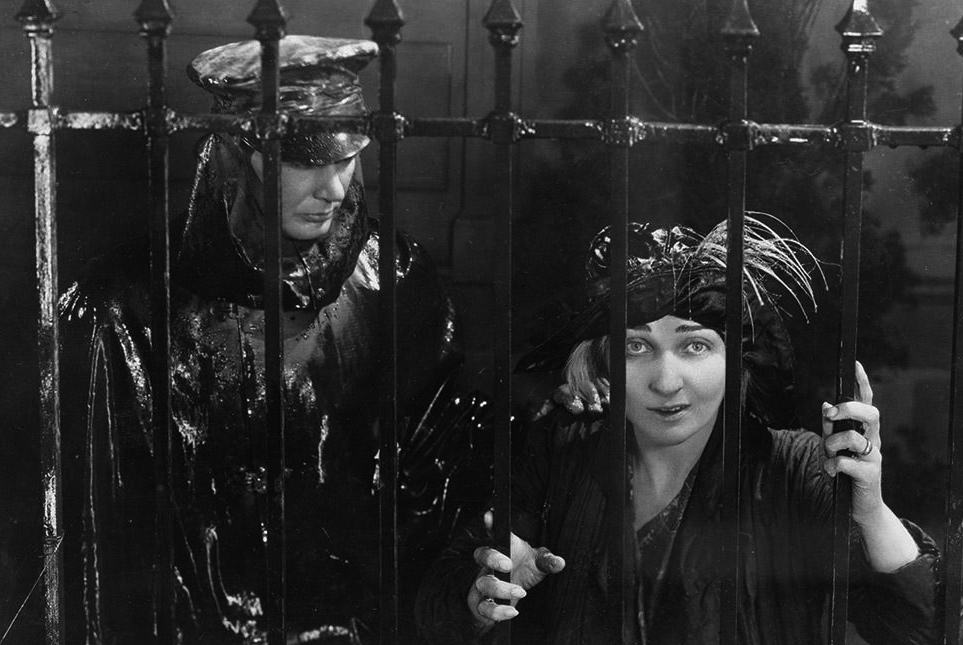
The Film Foundation Restoration Screening Room Resource Guide for
STELLA DALLAS (dir. Henry King, 1925)
Presented in The Film Foundation Restoration Screening Room in May 2023
in partnership with MoMA.
Table of Contents
2) Special Features
-Gina Telaroli introduces STELLA DALLAS
3) EXPLORE Page Materials
-Reading List (Books and Magazines)
-The Film Foundation on Letterboxd
4) Live Screening Commentary Script
Henry King's STELLA DALLAS (1925) was the first screen adaptation of the 1923 novel of the same name by Olive Higgins Prouty. A surprise box office success, largely due to Belle Bennett’s incredible performance as Stella, the film, a striking portrait of class difference, centers on Stella's efforts to raise her daughter and do right by her. The role made Bennett famous, which was quite an accomplishment given the unglamorous nature of the character she was portraying. Frances Marion's adaptation of Prouty's novel is refreshingly restrained, providing a surprising contrast to the high melodrama of the plot and aligning quite well with director Henry King's gentle style. The film also stars a young Ronald Colman, whom King had cast in his earlier film, THE WHITE SISTER (1923), after discovering him on the stage in New York City. Described by one reviewer upon its release as having a “painful beauty,” this original version is a remarkable feat of the silent film era.
STELLA DALLAS was restored using a 35mm black and white nitrate print made in the 1930s from Samuel Goldwyn’s original negative, which was subsequently destroyed. The nitrate print was scanned wet gate in 4K resolution at Cineric, Inc. in New York. Once dirt, scratches, and other defects were removed, the files were tinted to match the original cutting continuity.
Restored by The Museum of Modern Art and The Film Foundation, with funding provided by the Hobson/Lucas Family Foundation.
Gina Telaroli introduces STELLA DALLAS
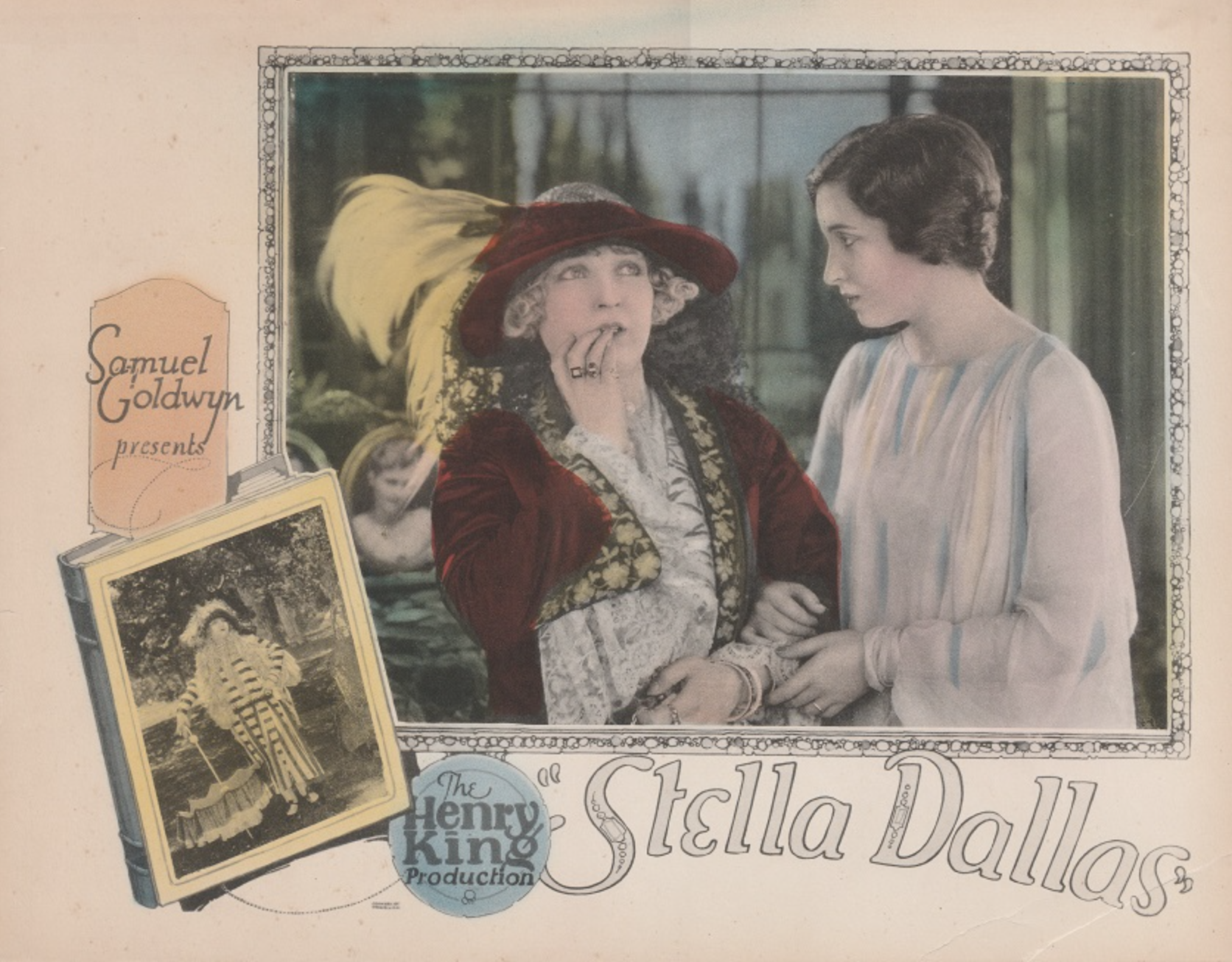
STELLA DALLAS (1925)
Oral History Interview with Henry King via YouTube
Historian Kevin Brownlow on the Importance of Silent Films via Oscars YouTube
BBC Radio Documentary on Kevin Brownlow, Silent FIim, & the Making of Hollywood via YouTube
Ronald Colman on The Jack Benny Program via YouTube
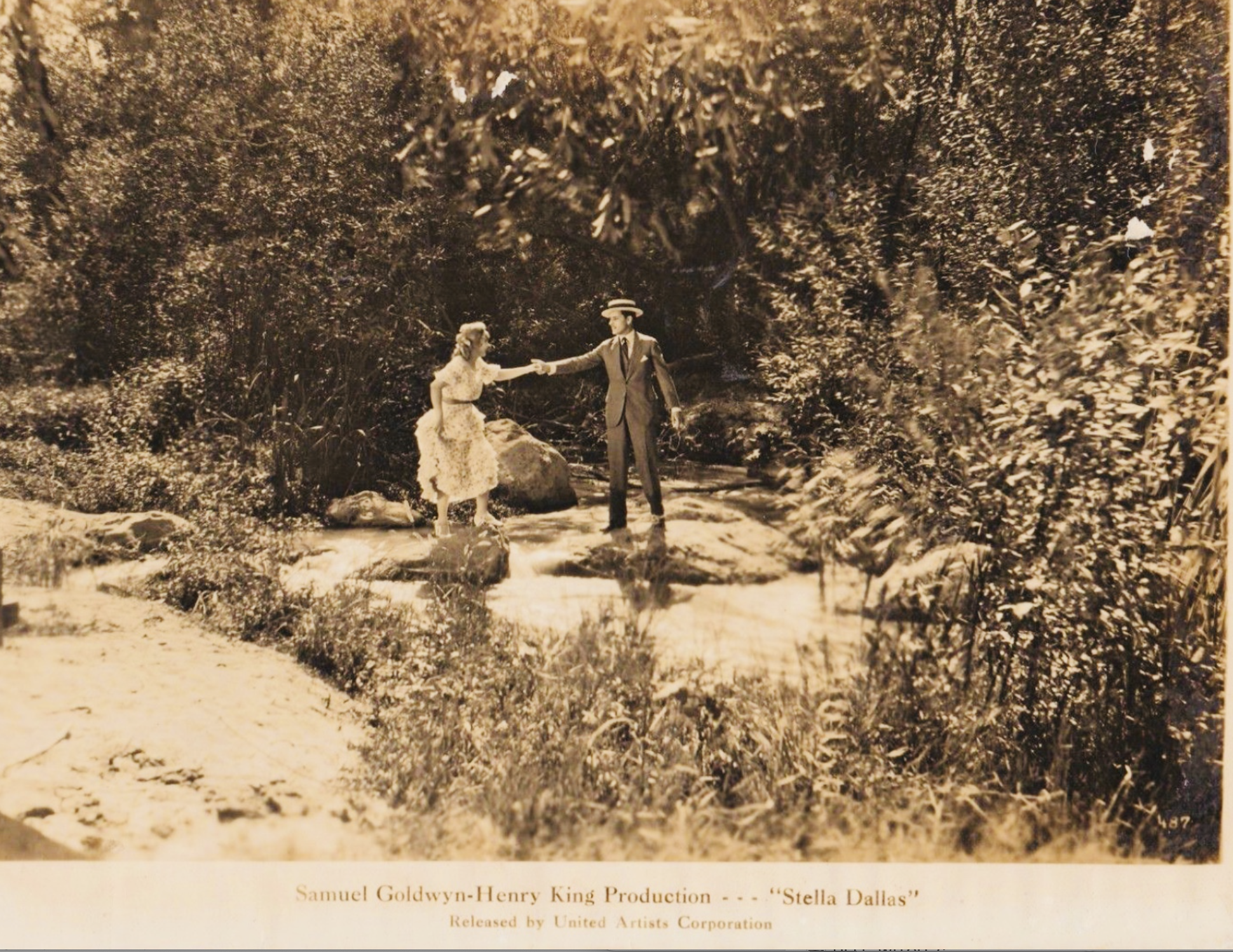
READING LIST (BOOKS AND MAGAZINES)
Henry King Director: From Silents to Scope, Ed. Frank Thompson, Director's Guild of America, 1996
Henry King's America, Walter Coppedge, Scarecrow Press, 1986
The Parade's Gone By, Kevin Brownlow, University of California Press, 1976
Without Lying Down: Frances Marion and the Powerful Women of Early Hollywood, Carrie Beauchamp, University of California Press, 1998
Off With Their Heads: A Serio-Comic Tale of Hollywood, Frances Marion, The MacMillan Company, 1972
Ronald Colman: A Very Private Person, Juliet Benita Colman, William Morrow & Company, 1975
Sight & Sound Magazine Winter 1977-1978, BFI Film Institute
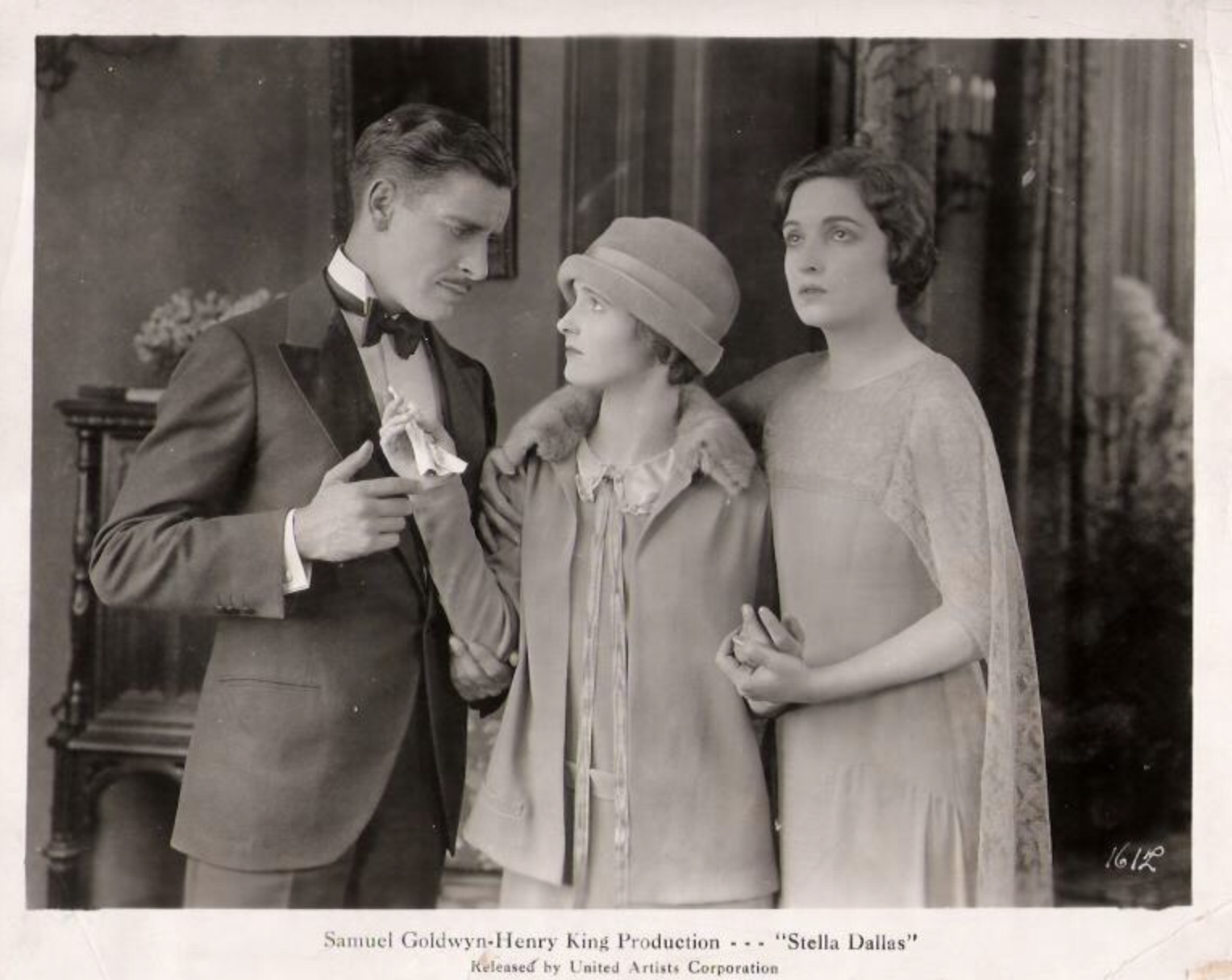
"The Screen: A Loyal Daughter" by Mordaunt Hall for The New York Times (1925)
"Henry King, Movie Director Known for Book Adaptations" by Janet Maslin for The New York Times
Archival Press Release from a 1978 Henry King Retrospective from MoMA
Henry King Excerpt from Peter von Bagh's Cinefilia (2013) from MUBI
"King of the Movies: A Henry King Documentary" from Notes on Cinematograph
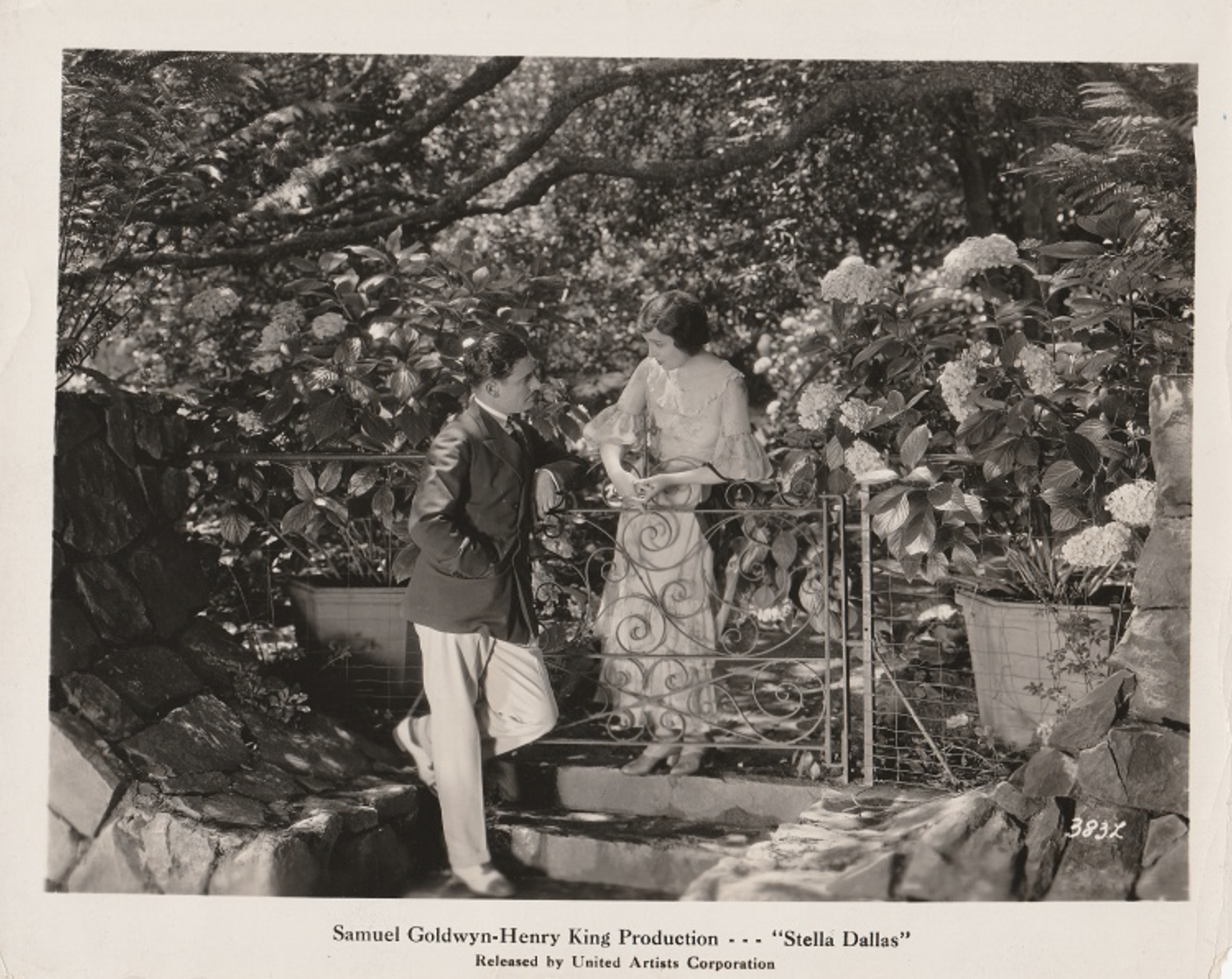
THE FILM FOUNDATION ON LETTERBOXD
Edited and Directed by Stuart Heisler
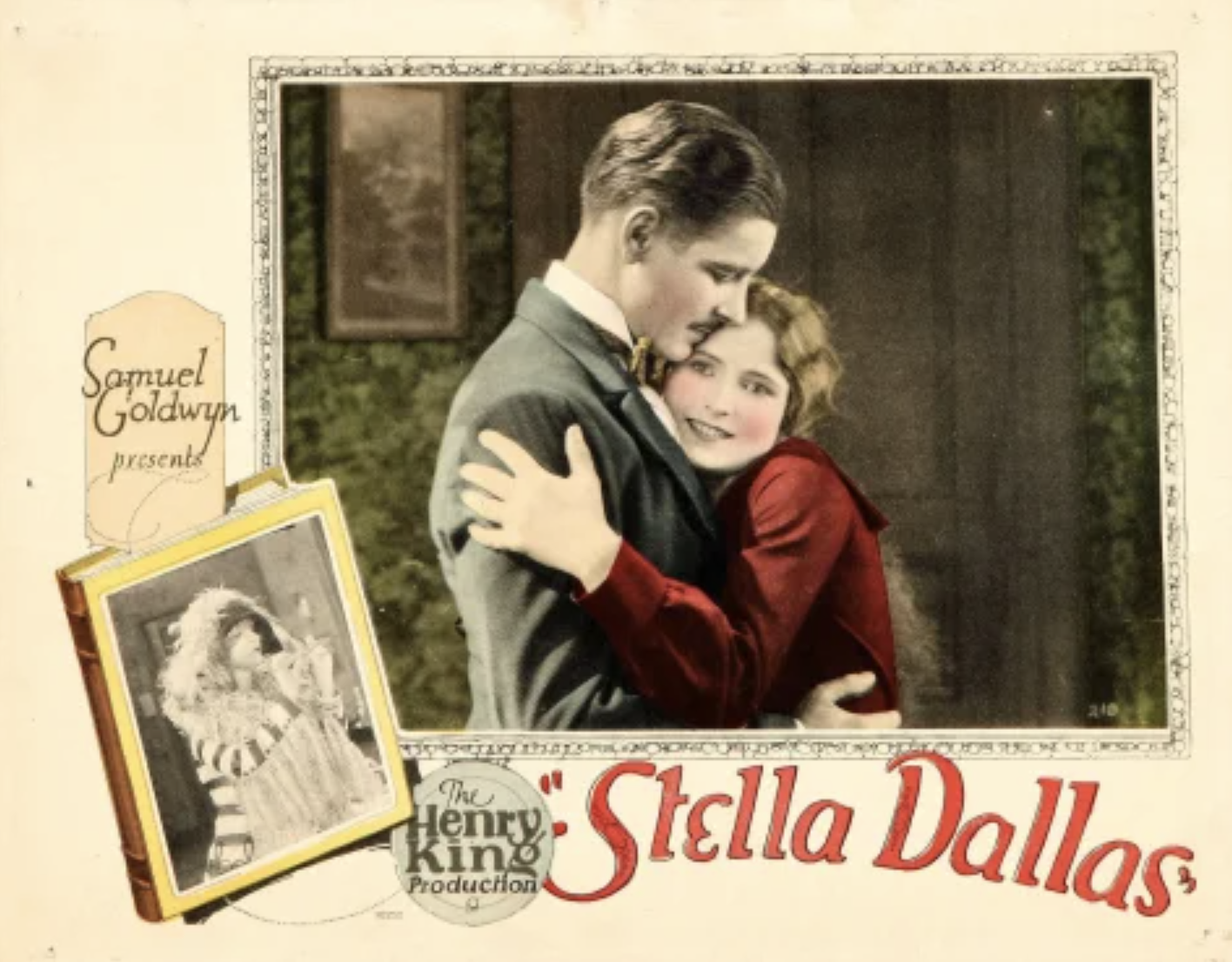
STELLA DALLAS Live Screening Commentary Script
5/8/23
Welcome to The Film Foundation Restoration Screening Room! Tonight we’re screening STELLA DALLAS (1925, d. Henry King).
You can stay with us here in the chat to learn more about the film as you watch or you can view the film full screen on-demand at 7pm.
In this chat mode the screening is live and picture controls (rewind/fast forward/pause) will not be available. If you miss anything or need to take a break, that functionality is available when watching on-demand.
Thanks for being here and we hope you enjoy our live commentary. We also encourage you to share your thoughts on the film as we go, making this a communal virtual viewing experience!
00:00:00 - 00:12:00
Director Henry King got his start as an actor. His last screen role was in 1920. Before working in the movies, he acted on stage because he was told his blue eyes wouldn't photograph well!
Read on below from King's oral history:
“After The Minister’s Daughter closed I went to Michigan to join the company of [the play] Common Law, which eventually returned to New York. One night I was having dinner at the Bathalday Inn, a very famous old theatrical hotel. With Helene Hamilton, the daughter of Mr. Osmond, owner of the Osmond Stock Company, and Pearl White. Miss Hamilton was going over to the Putnam Building, diagonally across Times Square, to see a man about a motion picture engagement. I had never seen a motion picture so I went over with her and stood in the hall while she had her meeting. After a while, the door opened and she and a man came out. He introduced him as Wilbert Melville. He was an independent producer who sold films to various companies, usually to the Lubin Film Manufacturing Company. When he learned I was an actor he asked, ‘Why don’t you go into motion pictures?’ I said ‘Oh, no. I have blue eyes. They tell me they won’t photograph.’ ‘Oh,’ Melville said, ‘we overcame that a long time ago.’ I went up to his hotel the next day to talk it over. By the end of the conversation I signed up with him and agreed to come to California.”
To hear more excerpts from Henry King’s oral history watch Gina Telaroli’s introduction to the film, available on this page.
00:12:00 - 00:24:00
Film historian Walter Coppedge said of STELLA DALLAS:
"...none of King's work better testifies to his ability to convey much information in a few images than the opening sequence of Stella's life in Millhampton."
More specifically, clothing plays a huge role in STELLA DALLAS, as Coppedge outlined in his book “Henry King’s America”:
“But if there is one symbol which signifies visually Stella’s social ignorance, it is clothes. Goldwyn’s talented costumier Sophie Wachner picked up Prouty’s description of Stella’s dress (King had marked this description in his copy of the novel), and the contrast with Helen Morrison’s attire tells it all. Mrs. Morrison’s riding habit is carefully tailored. The straight lines of her loose-hanging chiffon (a day-dress for the home) is exquisitely telling in contrast to Stella’s grotesquely fussy ruffles and feathers. Nineteen twenty-five was the year in which Chanel revolutionized American fashion; that was the year Gloria Swanson, who had spent months in Paris making Madame Sans-Gêne, helped to introduce these elegantly simple fashions to the United States. But it was not just a matter of getting outfitted bu Chanel. Poor Stella lacked the other sine qua non of acceptance manners.”
00:12:00 - 00:24:00
The restoration of STELLA DALLAS (1925) includes the original color tinting of the film, a common practice in the silent era, with color being used to convey emotion or time of day.
To learn more about the restoration, done by the Museum of Modern Art, watch our interview with MoMA’s film curator Dave Kehr, available on this page. He details the process and talks about the museum’s focus on silent films:
“Our collection is predominantly silent movies. It was started in 1935."
00:24:00 - 00:36:00
Henry King discovered Ronald Colman on stage & cast him in his 1923 film, THE WHITE SISTER.
Before that, Colman had tested poorly in Hollywood and he was convinced he would never be hired. But King insisted that he make a new test and helped him with it. Learn more from King’s oral history:
“In making the test I wanted to break down any barriers. So I sat and asked him embarrassing questions to take his mind off the camera. At least I broke down that stiffness he had. Between takes in the test, I got rid of his pompadoured hairdo and put a moustache on him. By the time we got through with all of this we were well-enough acquainted and I said, ‘Mr. Colman you’re 90 percent in. I can’t make a final decision until I see the film, but I think you’re the man I’m looking for.’”
Learn more about Ronald Colman’s career via our Letterboxd list “Starring Ronald Colman” We highlight his collaborations with Ernst Lubitsch, King Vidor, Frank Capra, William A. Wellman, George Cukor and more. Just click on the link below:
https://letterboxd.com/tff/list/starring-ronald-colman/
00:36:00 - 00:48:00
The idea to cast Belle Bennett came from screenwriter Frances Marion:
“This woman has just what it takes. She is a mother, she has two children, and she has had everything on earth happen to her. Both on stage and off, she IS Stella Dallas.”
Belle Bennett was 32 when she made STELLA DALLAS (1925) and her strong performance caused her to be typecast in mother roles, including in John Ford’s MOTHER MACHREE (1927).
In 1932, at the age of 39, Bennett passed away from cancer.
01:00:00 - 01:12:00
Henry King said of Frances Marion:
“Frances Marion wrote the scenario for STELLA DALLAS. She had a great talent for picking people.”
Learn more about her career via our Letterboxd list “Written by Frances Marion,” linked to below:
https://letterboxd.com/tff/list/written-by-frances-marion/
01:12:00 - 01:24:00
Martin Scorsese on his love of Henry King:
"I love those old guys like Henry King and Michael Curtiz, who are there every week, and suddenly Henry King can do a musical like CAROUSEL, which is quite beautiful then he goes off and he does a World War II movie like TWELVE O'CLOCK HIGH or vice versa. It's very interesting the discipline that these men had, as people working in the business who made three pictures a year.”
01:24:00 - 01:36:00
The character of Ed Munn is played by the great Jean Hersholt (he’s the namesake of The Academy’s annual Jean Hersholt Humanitarian Award!) a Danish-born actor that King worked with often following their collaboration on STELLA DALLAS.
King & Hersholt also worked together on HELL HARBOR (1930), THE COUNTRY DOCTOR (1936), SEVENTH HEAVEN (1937), & ALEXANDER’S RAGTIME BAND (1938).
Learn more about his career via our Letterboxd list “Starring Jean Hersholt”:
https://letterboxd.com/tff/list/starring-jean-hersholt/
In his oral history, King talks about a dream sequence he shot involving Hersholt’s character Ed Munn that was eventually scrapped. Watch Gina Telaroli’s introduction to STELLA DALLAS, available on this page, to learn more about the lost scene!
01:36:00 - 01:48:00
Director Henry King was an avid pilot who loved to shoot on location. He would often fly his own plane looking for the perfect place.
In 1956 he starred in a short film about the Civil Air Patrol, of which he was part. Watch at the link below:
https://www.youtube.com/watch?v=m8SGutCZ5Gc&t=2s
STELLA DALLAS was edited by Stuart Heisler, who eventually became a director. He made JOURNEY INTO LIGHT (1951), THE GLASS KEY (1942), & more!
Learn more about his work editing/directing at the below link:
https://letterboxd.com/tff/list/edited-and-directed-by-stuart-heisler/
01:48:00 - end of film
Thank you for joining us tonight for Henry King’s STELLA DALLAS (1925). We hope you enjoyed the film!
STELLA DALLAS was restored by The Museum of Modern Art & The Film Foundation, w/funding provided by the Hobson/Lucas Family Foundation.
We hope you’ll be able to join us next month for our special Republic Pictures double-feature screening of HELLFIRE (1949, d. R.G. Springsteen) and THE WAKE OF THE RED WITCH (1948, d. Edward Ludwig)
